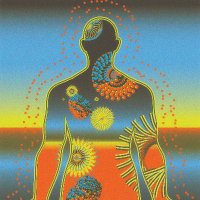
Stanford Medicine Magazine
@stanmedmag
Stanford Medicine magazine is produced by Stanford Medicine’s Office of Communications. Editors: Rosanne Spector and Patricia Hannon.
ID: 38542274
https://stanmed.stanford.edu/ 07-05-2009 23:06:03
2,2K Tweet
5,5K Takipçi
233 Takip Edilen




















🌟 Hello readers, we're relocating! Continue to get award-winning content from Stanford Medicine magazine by following us Stanford Medicine. Exciting things are coming and we'd love to continue sharing stories with you there. See you on the new channel! #MovingChannels #StayConnected


